Fleur Kinson explores the property potential of different parts of Tuscany – still one of the most popular areas of Italy among foreign buyers (with good reason!)
Photos by Getty and iStock
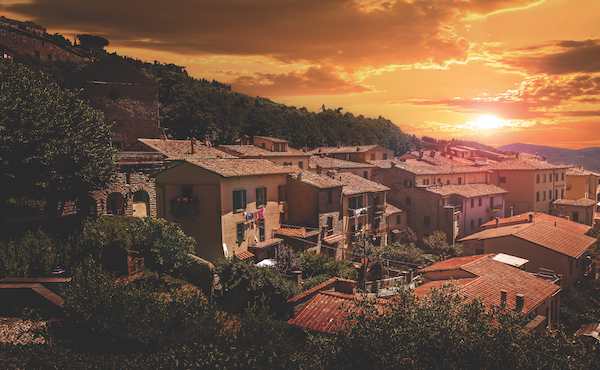
Tuscany remains the most popular of Italian regions and is loved by tourists and would-be property buyers for many reasons, not least because of its beautiful countryside and cities laden with Renaissance treasures and historic monuments. But while property prices remain high, the allure does not wane, and enthusiastic Italophiles still flock to the idyllic region. The good news is that appealing properties can still be found in abundance and, as Tuscany is a large region, the patient and persistent will find some hidden nuggets that don’t have to cost an arm and a leg. Here we highlight the main areas and some more off-the-beaten track locations.
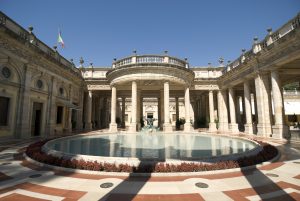
North of Lucca
Liguria borders the head of this part of Tuscany, while Emilia-Romagna sits at its back. The two dominant areas are the coast and the mountains – the Apuan Alps and the Apennines. If you want to explore the seaside resorts, you should pay a visit to Forte dei Marmi, with its imposing fortress, and Viareggio, the heart of the northern Tuscan Riviera. Move inland to Abetone, north of Pistoia, for good skiing. Two important valleys cut a swathe through the area’s mighty chestnut forests, the Garfagnana north of Lucca and the Mugello above Florence. Marble is still quarried at Massa and Carrara near the coast, and is the same stone that was used by the maestro Michelangelo for his sculptures all those centuries ago. Further south is Lucca, a treasure trove of monuments such as the 16th-century ramparts and remnants of the Romans in the Via Fillungo and the Old Forum. Travel east to Montecatini and its thermal waters, and to medieval Pistoia, lush with attractive flower and tree nurseries.
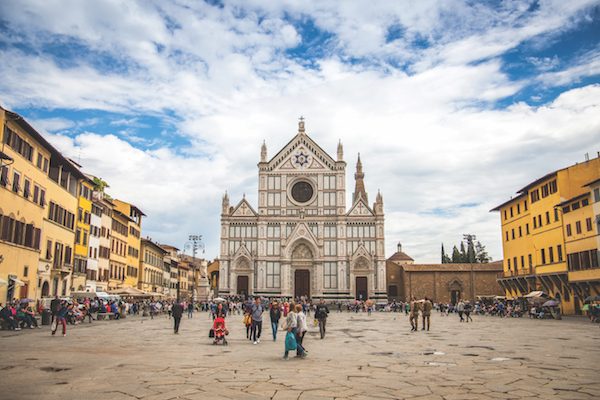
Florence
What more can be said about Florence, birthplace of the Renaissance and regional capital of Tuscany? Magnificent, peerless, breathtaking would be just a few words you could use of this city laden with art treasures and cultural monuments. In the 18th and 19th centuries the city was awash with Italophiles indulging in the ‘Grand Tour’, and the influx has never abated. As a result, the city can become very crowded, but the Florentine hills are close by, where merchants in medieval times used to retire to in the heat of the summer. Humidity can be high in the summer, and fog dense in the winter, as the Arno River runs through the city’s centre, and the mountains are close by, so winter, early spring and late autumn are some of the best times of the year to visit and pay homage to the many delights on display.
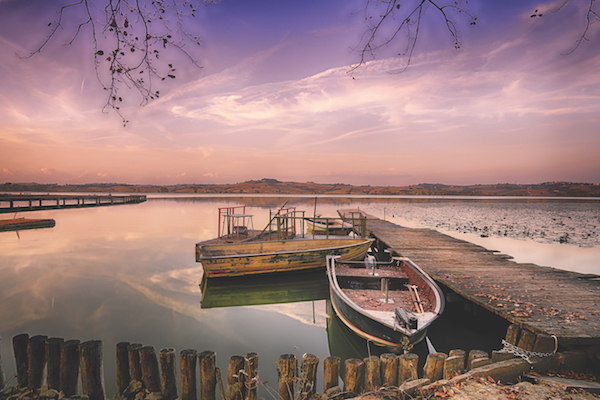
Arezzo and the east
In the densely wooded northeast above Arezzo, the scenic Casentino Valley continues up to Poppi and Bibbiena. The countryside is dotted with medieval fortifications and three religious sites of note: Vallombrosa, Camaldoli and La Verna. At Arezzo visitors can enjoy a memorable yearly procession and ‘Joust of the Saracens’, or the monthly antiques fair; on the Umbrian border is Sansepolcro, home of Renaissance painter Piero della Francesca. Off the culture trail, the busy roads of the Arno Valley will take you to a host of designer outlets for a big shopping experience. Further south, Cortona enjoys tourists at its annual summer Tuscan Sun Festival, while atmospheric Chiusi, amid more gentle rolling countryside, offers its Etruscan past as a cultural draw.
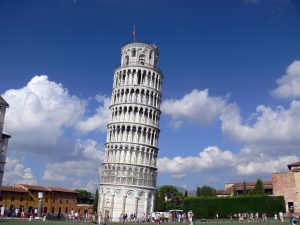
Pisa and the west
Tuscany’s long western coastline stretches from Pisa, with its naval history, Romanesque architecture and iconic monuments, to the other side of the stunning Parco Naturale della Maremma in the south. Along the coast in between are numerous picturesque fishing villages such as San Vincenzo and the more upmarket Castiglione della Pescaia, with its medieval fortress and views of the idyllic isle of Elba. There are less fragrant watering holes too, but these are more than overshadowed by the other sights of the area, which offer much contrast. The area is steeped in Etruscan lore, for example at Roselle, north of Grosseto. This ancient site went through unhappy times when it sank to become a malarial swamp overrun by cattle rustlers. But after the swamp was drained in the 1930s, the perimeter wall was revealed, and other special ruins, so better times and prosperity returned to the area. A little further north is Bolgheri, a pretty village that is approached through a five-kilometre avenue of 200-year-old cypresses, and the ‘Super Tuscan’ wine Sassicaia is made here. A great draw of Tuscany, and this area in particular, is the native vegetation – Mediterranean scrub and roads lined with elegant umbrella pines that are endlessly appealing to visitors. Move a little inland and you’ll find Volterra and Massa Marittima, both with great architectural gems to enjoy. And don’t forget the famous Leaning Tower, a landmark of Pisa that is known around the world.
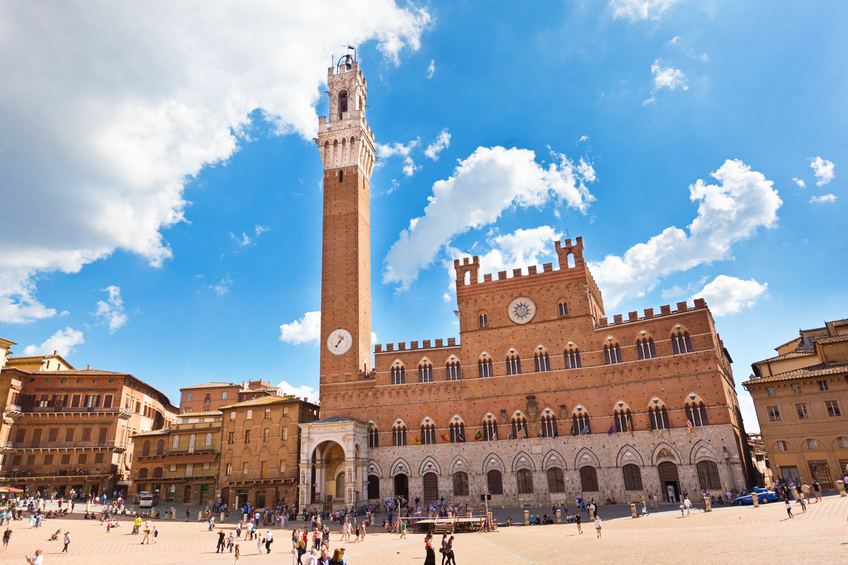
South of Siena
Historic Siena is one of Tuscany’s and Italy’s biggest attractions, with its cuisine, museums and medieval architecture. It is a town passionately attached to its identity and has its own unique traditions, such as the biannual Palio horse race. To the south the three important zones are the Val d’Orcia, Monte Amiata and the ‘deep south’. Move nearer to the Lazio border and villages like Pitigliano, Sovana and Saturnia nestle amid the wooded hills, while the mountain pastures of Monte Amiata are alive with flowers in spring. Winter skiing around Piancastagnaio and Arcidosso is good, and Castel del Piano, Abbadia San Salvatore and Santa Fiora all offer historic medieval centres. Travel south towards the Val d’Orcia and vineyards, olive groves, woodland and lush fields create a mesmerizing patchwork, and delightful villages include Montepulciano and Montalcino.
For more about the property potential of Tuscany, check out Fleur’s Homes in Tuscany article.
